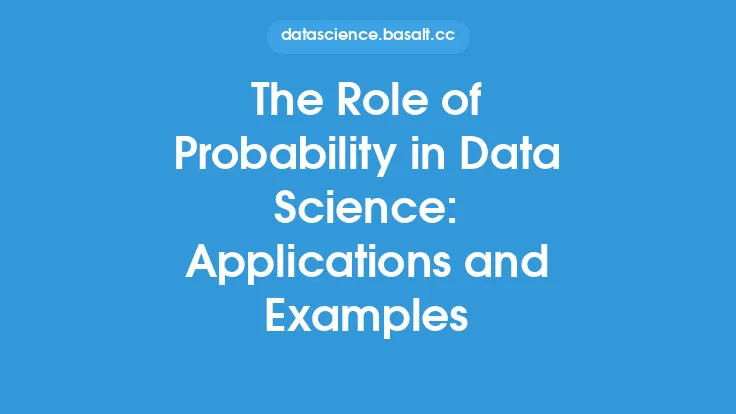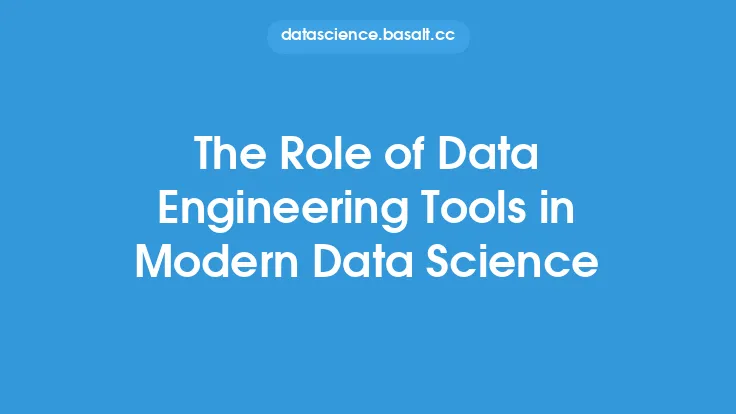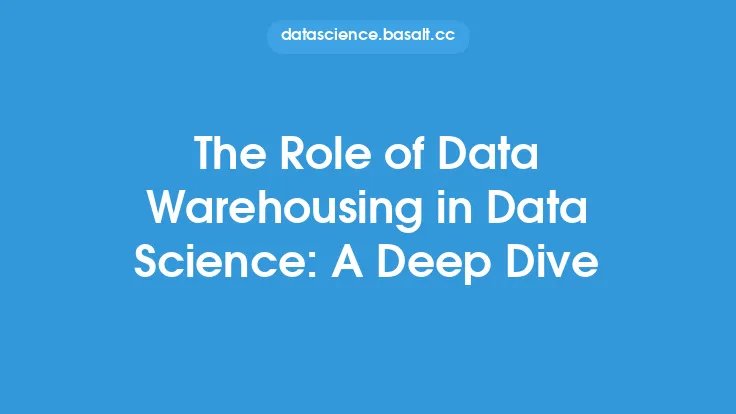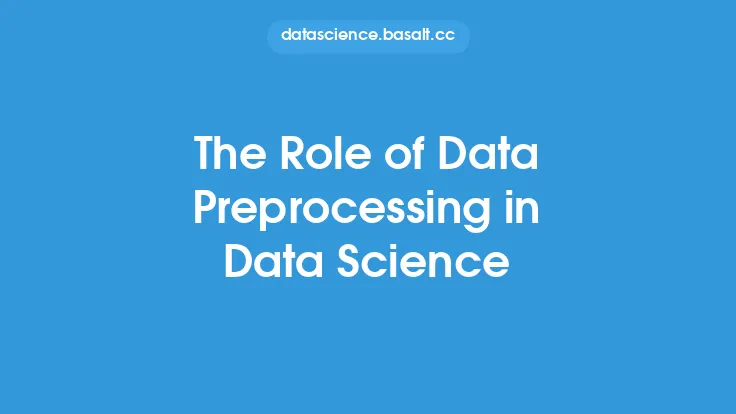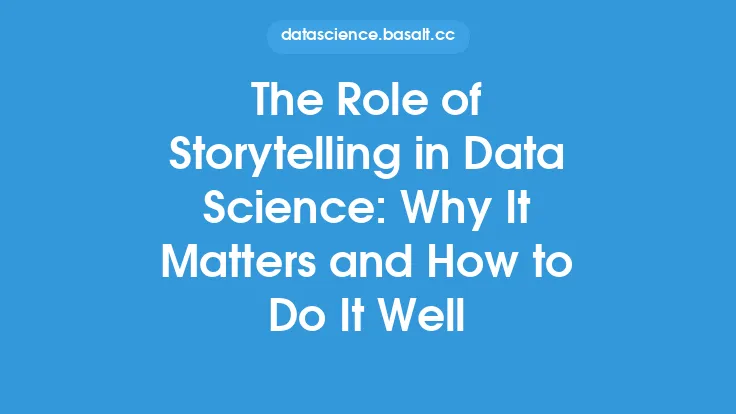Data processing is a crucial step in the data science workflow, as it enables the transformation of raw data into a usable format for analysis and modeling. The goal of data processing is to extract insights and meaningful information from data, which can then be used to inform business decisions, predict outcomes, or identify trends. In this article, we will delve into the role of data processing in data science, exploring its importance, techniques, and applications.
Introduction to Data Processing in Data Science
Data processing is a broad term that encompasses a range of activities, including data cleaning, data transformation, data reduction, and data formatting. The process of data processing involves taking raw data, which may be incomplete, inconsistent, or inaccurate, and converting it into a clean, organized, and structured format that can be used for analysis. This step is critical in data science, as high-quality data is essential for building accurate models, making reliable predictions, and drawing meaningful conclusions.
Data Processing Techniques
There are several data processing techniques that are commonly used in data science, including data cleaning, data normalization, data transformation, and data aggregation. Data cleaning involves identifying and correcting errors, handling missing values, and removing duplicates or irrelevant data. Data normalization involves scaling numeric data to a common range, usually between 0 and 1, to prevent features with large ranges from dominating the model. Data transformation involves converting data from one format to another, such as converting categorical variables into numerical variables. Data aggregation involves combining multiple data points into a single summary statistic, such as calculating the mean or median of a dataset.
Data Processing Tools and Technologies
There are many tools and technologies available for data processing, including programming languages, libraries, and frameworks. Some popular programming languages for data processing include Python, R, and SQL. Python is particularly popular in data science, thanks to its extensive range of libraries, including NumPy, pandas, and scikit-learn. These libraries provide efficient data structures and algorithms for data processing, making it easier to clean, transform, and analyze large datasets. Other tools and technologies, such as Apache Spark, Hadoop, and NoSQL databases, are also widely used in data processing, particularly for big data applications.
Data Processing Workflow
The data processing workflow typically involves several stages, including data ingestion, data cleaning, data transformation, data storage, and data analysis. Data ingestion involves collecting and loading data from various sources, such as databases, files, or APIs. Data cleaning involves identifying and correcting errors, handling missing values, and removing duplicates or irrelevant data. Data transformation involves converting data from one format to another, such as converting categorical variables into numerical variables. Data storage involves storing the processed data in a database or data warehouse, where it can be accessed and analyzed. Data analysis involves using statistical and machine learning techniques to extract insights and meaningful information from the data.
Applications of Data Processing in Data Science
Data processing has many applications in data science, including predictive modeling, data visualization, and business intelligence. Predictive modeling involves using statistical and machine learning techniques to forecast future outcomes or predict unknown values. Data visualization involves using plots, charts, and other graphical representations to communicate insights and trends in the data. Business intelligence involves using data analysis and reporting to inform business decisions and drive strategic outcomes. Other applications of data processing include data mining, text analysis, and recommender systems.
Challenges and Limitations of Data Processing
Despite its importance, data processing is not without its challenges and limitations. One of the biggest challenges is dealing with large and complex datasets, which can be difficult to process and analyze. Another challenge is ensuring data quality, which can be affected by errors, inconsistencies, and missing values. Additionally, data processing can be time-consuming and computationally intensive, particularly for big data applications. Finally, data processing requires specialized skills and expertise, including programming, statistics, and domain knowledge.
Future of Data Processing in Data Science
The future of data processing in data science is exciting and rapidly evolving. With the increasing availability of big data and advanced analytics technologies, data processing is becoming more efficient, scalable, and automated. New technologies, such as cloud computing, artificial intelligence, and machine learning, are enabling faster and more accurate data processing, as well as new applications and use cases. Additionally, the growing demand for data-driven insights and decision-making is driving the development of new data processing tools, techniques, and methodologies. As data science continues to evolve and mature, the importance of data processing will only continue to grow, enabling organizations to extract more value from their data and make better-informed decisions.

